This Is the Only Bird Nesting Material You Should Put Out
Updated: Apr. 25, 2023
Birds are natural architects—they don’t need our assistance to build a nest—but here are some safe bird nesting materials you can offer.
The Best Bird Nesting Material Comes From Nature

Springtime is nesting season, and birds will be busy. Growing plants that offer shelter and leaving natural debris around your yard for bird nesting material are the best ways to care for nesting birds.
Discover how long baby birds stay in the nest and more nest facts.
Twigs
An abundant material in yards with trees, twigs can be left where they fall or stacked in a tidy pile. Learn about different kinds of bird nests and how to spot them.
Moss
Keep moss from blowing away by sticking this nesting material in a crevice of a tree or shrub.
Dried Grass Clippings
Be cautious about using treated grass clippings from your lawn. Fertilizers and pesticides have the potential to harm birds. Check out more ways to create a bird-safe backyard.
Dead Leaves
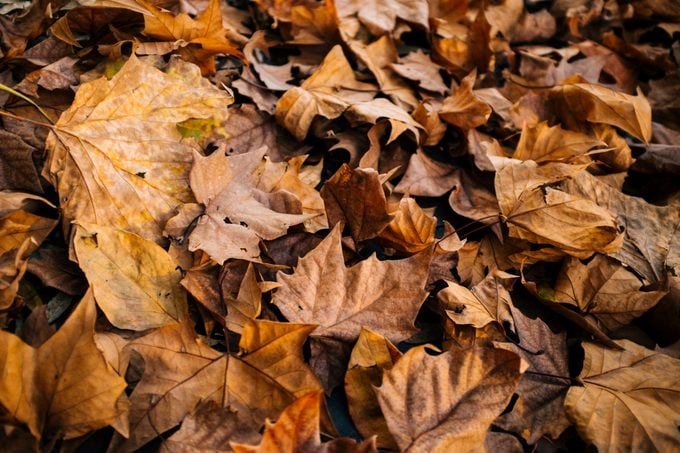
To keep dead leaves in place, mix them in with heavier materials such as sticks. Do birds reuse their nests?
Plant Fluff
The white down from cottonwood trees or cattails is a valuable soft material for nests. Follow these proven tips to attract nesting birds.
Straw
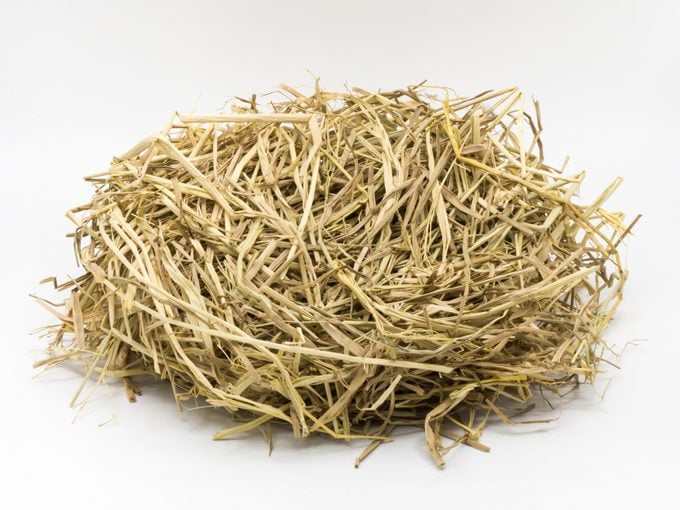
In spring when it’s too warm to serve suet, stuff strands of straw into a suet feeder for birds to pluck as nesting material. Can you move a bird nest?
Pine Needles
Dried needles are among the bluebird’s preferred nesting materials. Learn when bluebirds nest and lay eggs.
Unsafe Bird Nesting Materials to Avoid
- Plastics: Bits of plastic will not break down, contributing to pollution.
- Yarn or string: Strands can get caught on birds and become dangerous.
- Dryer lint: Birds stuff this in their nests, but it dissolves in rain.
- Human hair: Just like yarn or string, it’s strong and can wrap around baby and adult birds.
- Pet hair: Many kinds of birds, including chickadees and chipping sparrows, regularly use animal hair in the soft lining of their nests. However, most experts today advise against putting out pet hair for birds because there are so many variables. Residue from pet shampoo or flea treatments might be harmful for other creatures, and some breeds of dogs and cats have such long, strong hairs that small birds could become tangled in the strands. That doesn’t mean it’s necessary to clean up any hair a dog sheds in the yard, but we don’t recommend putting out bunches of it specifically for the birds.
Next, discover how orioles weave elaborate nests and learn about hummingbird nests.




















